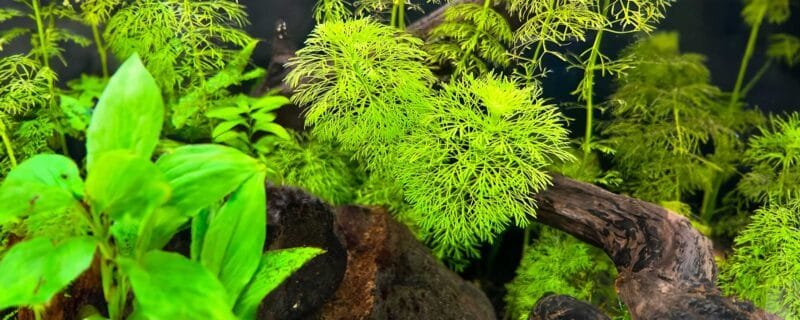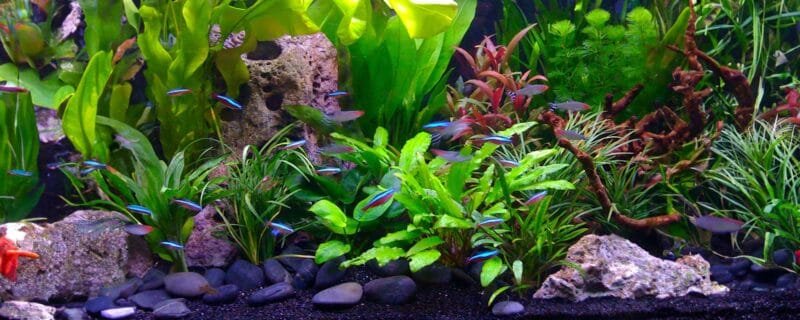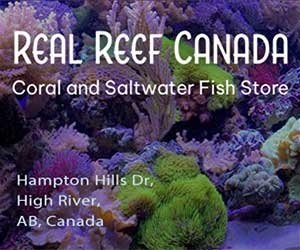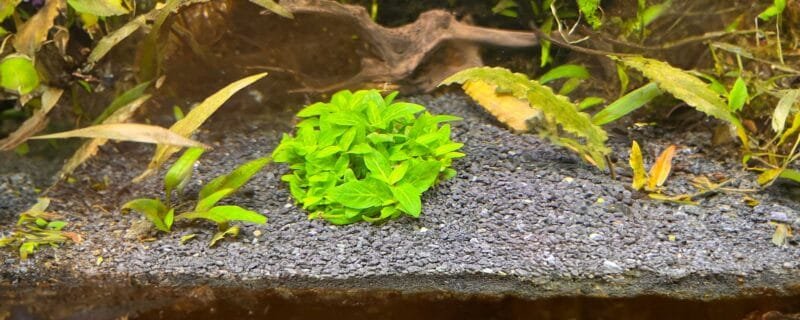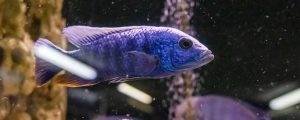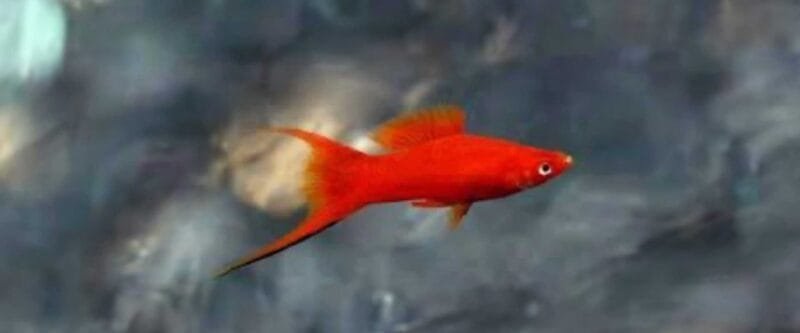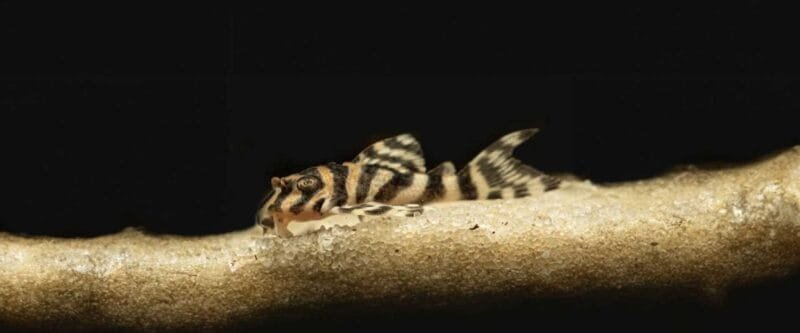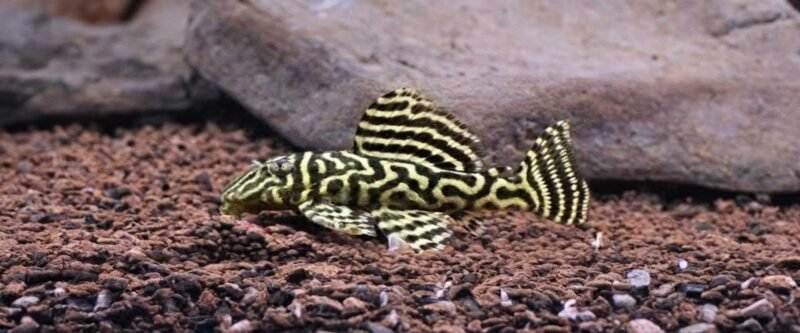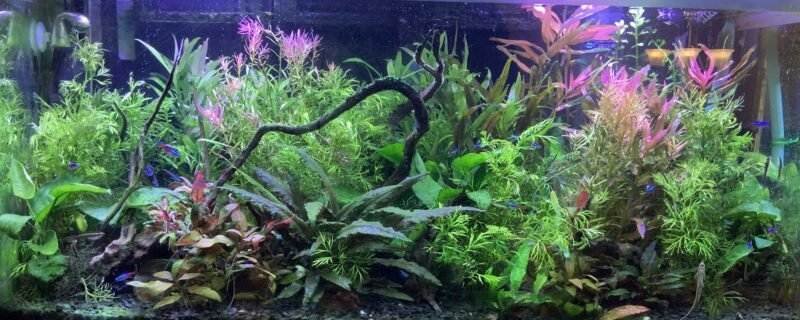Aquascaping Masterpiece: Techniques and Ideas to Transform Your Aquarium
Introduction
Aquascaping is the art of designing and arranging plants, rocks, wood, and other elements to create a visually stunning underwater landscape. It’s more than just decorating; it’s about crafting a captivating aquatic world. In this blog post, we’ll explore the significance of aquascaping, what you need to consider, various styles, and the benefits of each, as well as the essential materials and equipment required. Get ready to dive into the realm of aquascaping and turn your aquarium into a work of art!
Why Is Aquascaping Important?
Aquascaping is not just about aesthetics; it serves several important purposes:
- Natural Habitat: Creating a carefully designed aquascape mimics natural environments, providing a more comfortable and natural setting for your fish.
- Plant Health: Aquascaping promotes plant growth and health by providing appropriate light, nutrients, and space.
- Stress Reduction: A well-thought-out aquascape with hiding places and territories can reduce stress for fish by creating safe zones.
- Balance: Proper aquascaping helps maintain the balance in your ecosystem by enhancing biological filtration.
Factors to Consider in Aquascaping
Before you dive into aquascaping, think about these factors:
- Tank Size: The size of your tank will determine the scale of your aquascape and the type of plants and decorations you can use.
- Plant Selection: Choose plants suitable for your tank’s conditions, such as lighting, substrate, and water parameters.
- Hardscape: Consider the rocks, driftwood, and other hardscape elements that will add structure and character to your aquascape.
- Style: Decide on the aquascaping style you want to achieve, whether it’s natural, Dutch, Iwagumi, or another style that suits your taste.
Styles of Aquascaping and Their Benefits
- Natural Aquascape: This style mimics a natural aquatic environment with a combination of plants, rocks, and wood. It provides a more authentic, comfortable habitat for your fish, promoting their well-being.
- Dutch Aquascape: A lush and colorful style characterized by rows of various plants. Dutch aquascapes are visually stunning and offer a canvas for showcasing plant variety.
- Iwagumi Aquascape: Simplicity is key in this style, with a focus on minimalistic design and rocks. Iwagumi aquascapes create a tranquil and balanced atmosphere.
- Biotope Aquascape: Biotope setups replicate specific natural environments, down to the exact plant and fish species that inhabit them. These setups allow you to create a mini-ecosystem that’s educational and authentic.
Essential Materials and Equipment for Aquascaping
- Substrate: Choose a substrate suitable for your chosen plants, such as gravel, sand, or specialized plant substrates.
- Plants: Select a variety of aquatic plants that suit your chosen style and tank conditions.
- Hardscape Elements: Rocks, driftwood, and other hardscape materials add structure and character to your aquascape.
- Lighting: Depending on your plant selection, you’ll need appropriate lighting to support their growth.
- Filtration and CO2: Proper filtration and CO2 injection may be needed for advanced aquascapes with high plant density.
- Aquascaping Tools: Tweezers, scissors, and other tools are essential for planting and maintaining your aquascape.
Benefits of Aquascaping Styles
- Natural Aquascape: Offers a comfortable and natural habitat for your fish while showcasing a variety of plants and hardscape elements.
- Dutch Aquascape: Creates a visually stunning and colorful underwater garden with a diverse plant selection.
- Iwagumi Aquascape: Emphasizes simplicity and tranquility, making it an excellent choice for a minimalist aesthetic.
- Biotope Aquascape: Provides an educational and authentic environment for specific fish species while highlighting the importance of conservation.
Conclusion
In conclusion, aquascaping is an art that brings beauty and balance to your aquarium. By carefully considering your tank size, plant selection, hardscape elements, and chosen style, you can create a captivating underwater masterpiece. Whether you opt for a natural, Dutch, Iwagumi, or biotope style, each offers unique benefits and a chance to transform your aquarium into a stunning work of art. So, unleash your creativity, and let your aquatic imagination flourish!


